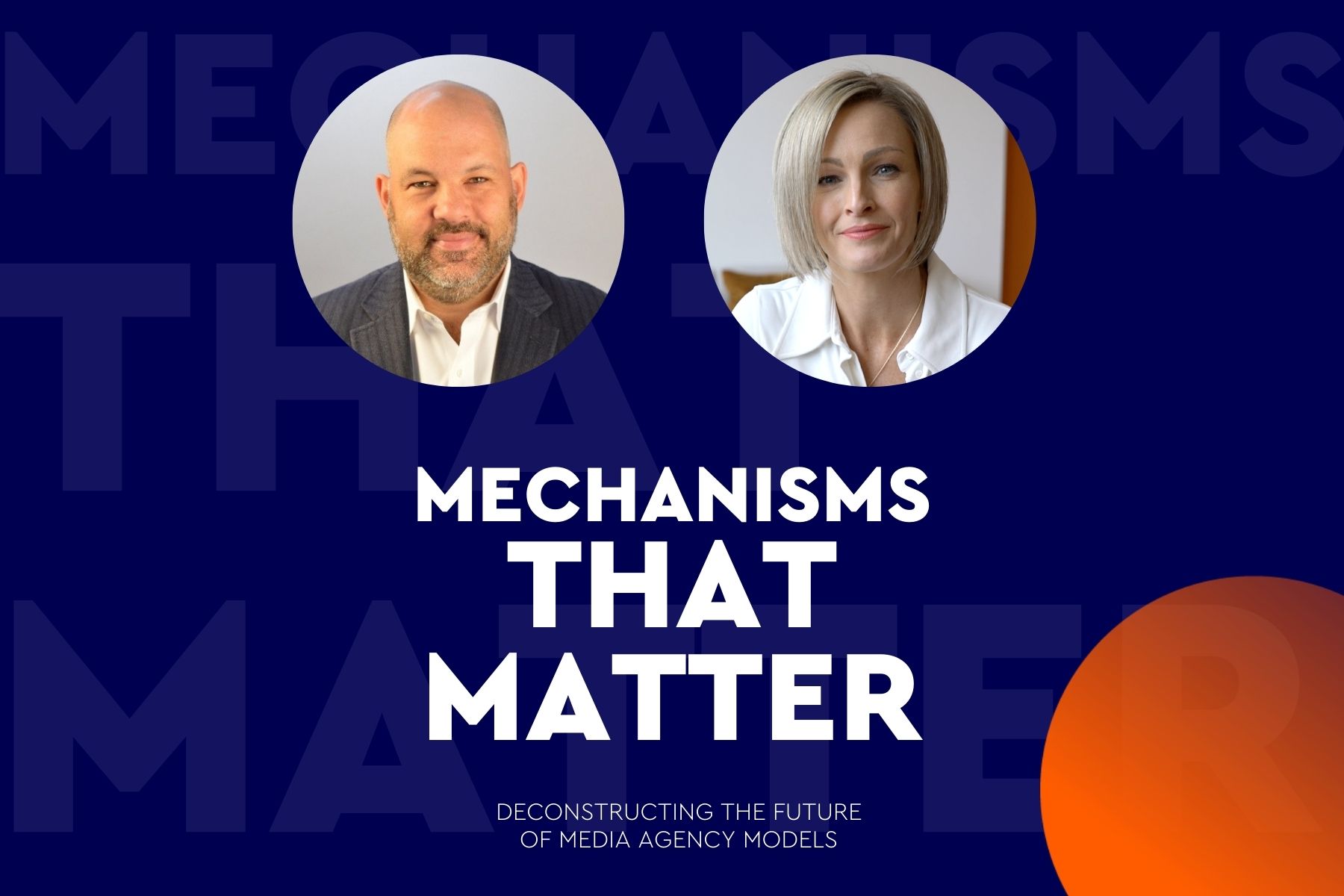
Time to listen in
How digital audio platforms can deliver at every point of the sales funnel
Digital is changing the way we listen to audio entertainment. Put simply, new audio comes with added targeting, impressive results and even voice-activated ads, that connect directly to ecommerce platforms. So much so that social media platforms are tuning in with YouTube Audio, Twitter Spaces and Facebook Rooms.
As with any new channel, it takes time to work out the right strategy for brands. Which means that right now there’s a first-mover advantage in being part of the digital audio landscape. It’s less cluttered and has proven more effective than traditional social media advertising for many recent campaigns.
One of the barriers to getting to grips with the digital audio opportunity is that there’s a wide range of platforms, each with its own audience and targeting opportunities.
Brands need to identify where their core audience is spending time and which platforms are most used to reach consumers at scale. For advertisers that operate in more than one country this may mean they need to find different partners in each.
That requires understanding the role of Spotify, Soundcloud, YouTube Audio, Apple Music, Alexa, Google and Siri among key consumer groups, as well as the way consumers listen to legacy radio brands via digital platforms. Alexa devices may be the dominant voice platform in the UK, but in Australia Google Voice is much bigger, for example.
MediaCom developed first-mover advantage for two huge global advertisers – adidas and Bayer – by navigating this landscape. At the top of the funnel, we have worked with adidas since 2018 to prove the case for audio across more than 25 markets. This boosted spend not just on running products, as consumers typically listen to music during a run, but also its style products.
A campaign for adidas Ultra Boost 21 running shoes in the UK, for example, delivered high double-digit improvement in ad recall and top-of-mind awareness via Spotify Audio, while Facebook and Snapchat activity only achieved low double-digit rises respectively. While Spotify’s video channel also delivered good results, the engagement scores around attributes were more powerful for the audio listeners.
Adidas has also used targeting to promote the trainers by tapping into low energy moments – as detected by those who listened to slow music on Spotify – to highlight the high energy advantage of its new shoes.
While running and audio might be an obvious combination, adidas has also used audio to promote the Stan Smith fashion line, named after the former world No. 1 tennis player and US Open winner. The ad, which ran at the same time as video creative featuring Kermit the Frog, emphasised the sustainable credentials of its new shoe and the high percentage of recycled content it included.
Once again, the audio element helped boost ad recall, familiarity, and consideration to a significantly greater degree than the video takeover activity. Cross-country comparisons between Germany, France and Spain, where audio ran in addition to video, and the UK, which only used the video element of the campaign, found that the audio/video combination was significantly more powerful across all brand metrics than the video-only solution.
At the bottom of the funnel, MediaCom worked with Bayer to use the new audio channels to create a world-first path to purchase via an audio ad from a mainstream radio station for caffeine and vitamin B12 supplement Berocca Boost.
Funded out of Bayer’s global test and learn budget, the UK project involved support from partners such as voice technology company Say It Now and dynamic audio specialist A Million Ads as well as radio owner Global Radio.
Designed to take advantage of the boom in digital audio listening during lockdown, when more than 30 million adults tuned in weekly through their smart speakers, the creative message outlined how consumers could “launch Berocca Boost” on Alexa devices.
This action allowed them to either find out more about the product or order direct from Amazon using their default options. To make the ad more actionable, given the fact that consumers were being asked to do something completely new, the voice artist was selected to sound like Alexa. Those who ordered received their Berocca Boost the next day via Amazon Prime.
The activity reached 1.6 million consumers and delivered a 13.6% brand uplift. Nearly half of those who engaged with the creative asked for more information.
Think audio
A big challenge for many brands is having relevant creative. Adidas’s creative toolkits included a script in English that can easily be translated to localise the message. Many of the media owners in this space will also organise recordings as part of the media deal, making it cost effective as well as efficient. Dedicated creative is far more impactful than simply using the soundtrack from a video ad.
The importance of considering audio also applies to automatic ‘audio off’ visual environments, where many brands neglect to develop an audio approach for those consumers who do have the sound up.
Audience planning is vital
As with all new technology, digital audio will generally skew towards younger audiences but that is changing. Within the mix there will also be a host of relevant audiences which brands could struggle to reach via other channels. Targeting options also give you the power to pinpoint new opportunities through a range of factors.
Reach is vital
Even when ads are designed to perform at the lower end of the funnel, like the successful Berocca Boost pilot, they also have an impact higher up. This means reach is vitally important to drive results, as well as reaching more people who might be in the market for the product or service. Not everyone responds immediately to calls to action in any channel, so direct attribution can be a false measure of success.
Reduce the barriers to participation
Calls to action on digital audio can require a new behaviour. Most smart speaker users have a limited palette of actions they are already comfortable with. Patience is required if you are trying to create a new behaviour, and time spent workshopping the call to action to make it as natural as possible is time well spent.
published on
31 August 2021
Category
More in Communications

Rebranding cancer: how brands heal and hurt
Along with consumer brands, the ‘brand’ of condition or event influences us.

Mechanisms that Matter – Inside WPP | Ford’s revolutionary marketing model
How a process created on the factory floor over 70 years ago has transformed ops for the auto giant

How to build your brand in-game
A new research report from WPP and SuperAwesome

